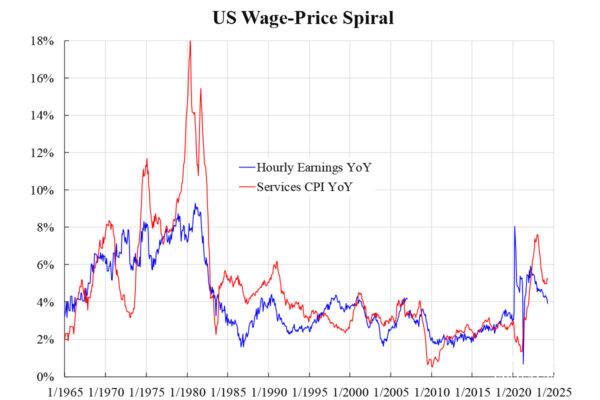Commentary
The issue of persistent inflation presents challenges for policymakers and researchers alike. This is not a new phenomenon and has been extensively documented since the time of John Maynard Keynes in the 1930s. I conducted regression analyses using U.S. core CPI inflation data, excluding food and energy, and discovered significant autoregressive (AR) models with long lags. In one variation, lag terms from the 4th to 12th were all statistically significant, indicating that inflation persistence could last nearly a year.
However, these assumptions are becoming less relevant in today’s era of AI and big data. Market imperfections have significantly decreased, if not disappeared entirely. The idea of markets not clearing is not widely accepted in modern general equilibrium models. While prices can adjust swiftly, wages are slower to change. Price stickiness being explained by wage stickiness would simplify matters significantly, aligning with most contemporary models.
Therefore, the wage-price spiral hypothesis plays a crucial role in connecting these aspects. If proven, inflation stickiness can be linked to unemployment stickiness, aligning with the Phillips curve framework. The provided chart examines the presence of this spiral.

The chart displays the following observations. Services inflation remains high at 5.2 percent. The alignment of wage and price growth in recent years suggests well-anchored inflation expectations. Since the mid-1990s, hourly earnings growth and services inflation have been comparable. The upward trends since 2010 indicate prolonged inflation pressures.
With the high base period behind us, upcoming inflation is expected to exceed recent levels. Earnings inflation has slowed to 4 percent, while services inflation is likely to maintain a level around 4 percent in the months ahead, based on historical trends.
Please rewrite the sentence for me.
Source link






